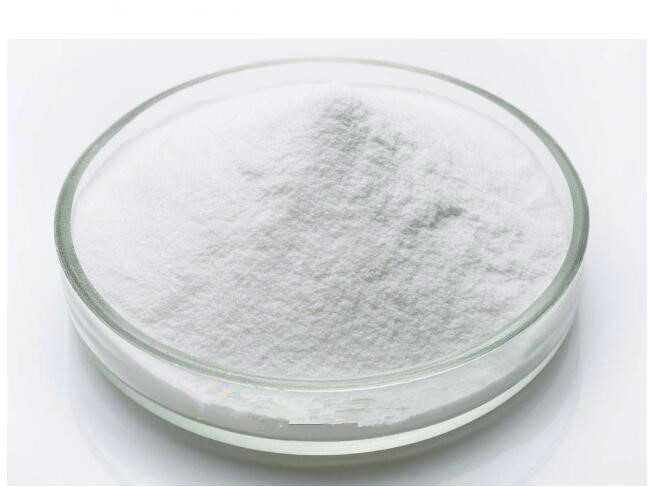In recent years, solar energy has emerged as a significant player in the field of renewable energy. With the rapid expansion of the microelectronics industry, there has been a growing demand for electronic pastes, particularly conductive silver pastes. Consequently, research in this domain has seen a notable upsurge.
Noteworthy investigations have been conducted by researchers such as Zhang Yaping, who employed rapid sintering techniques to fabricate silicon solar cell substrates utilizing PbO-Al2O3-SiO2 glass as a high-temperature bonding phase. The wetting capability of this glass powder is pivotal in the context of Ag/Si ohmic contacts, silver paste sintering, and conductivity mechanisms. The outcomes of their study unequivocally underscore the significance of glass powder possessing an apt wetting ability as a pivotal determinant for achieving optimal cell performance [1].

Chen Ning and his peers undertook a comprehensive exploration into the impact of glass powder on the series resistance of crystalline silicon solar cells during the process of silver screen-printing. Their discerning observation revealed that the interstitial spaces between silver powder particles played a pivotal role in dictating the electrical resistance of the silver paste. Within specified parameters, the deployment of PbO-SiO2 glass powder contributed to a marked reduction in the resistance of the silver paste and its associated contact, consequently enhancing soldering integrity [2].
In strategic sectors, Gan Weiping et al. meticulously investigated the ramifications of ball milling duration, solid-liquid ratio, ball-to-powder ratio, and ball size on the granularity and morphology of glass powder, which serves as an integral component in the formulation of silver paste for solar cells. The empirical findings crystallized into a set of optimal planetary ball milling parameters: a milling duration of 4 hours, a solid-liquid mass ratio of 1:0.8, a ball-to-powder mass ratio of 2.5:1, and a ball size distribution (large: medium: small) of 3:2:1. Under these conditions, the resultant multicrystalline silicon solar cells exhibited a series resistance of 7.15 mΩ, achieving a noteworthy photoelectric conversion efficiency of 16.56% [3].
Furthermore, the pioneering work of Mohamed M. Hilali and his research cohort delved into the profound influence of glass powder chemistry on the physical and electrical properties of silver contacts within thick-film silicon solar cells. Their scholarly inquiry postulates that the transformation temperature and softening point of glass powder wield a pivotal influence within the contact interface structure [4].
Intriguingly, the work of Zhang Yaping and colleagues broached the subject of glass powder's wetting characteristics and its consequential implications on the performance of silicon solar cells. The findings illuminated the inverse relationship between the softening temperature of glass and the compactness of the electron structure, elucidating the pivotal role of an adept wetting ability in facilitating silver paste sintering. The research unequivocally established that glass powder's wetting capability remains a pivotal factor not only in determining the size and quantity of recrystallized silver grains forming Ag/Si contacts but also in shaping the overarching conductivity mechanism. Hence, glass powder endowed with judicious wetting ability stands as an indispensable determinant for attaining peak cell performance [J].
The research efforts of Luo Shiyong and his contemporaries centered on the plasma modification of electronic pastes employing ultrafine glass powder as a substrate, where hexamethyldisiloxane served as the monomer. High-frequency plasma facilitated the polymerization of silicon oxide on the surface of ultrafine phosphate glass powder, with alterations in the contact angle between water and the powder serving as an indicative measure of the effect of plasma process parameters on the powder's surface energy. The consequential findings elucidated substantial enhancements in the fineness, viscosity, and rheological properties of electronic paste post-modification. This pioneering endeavor empowers the manipulation and regulation of the surface energy of ultrafine powder, thereby affording precision in the fine-tuning of the rheological properties and printability of electronic paste [5].
Lastly, the research by Chen Qunxing and associates scrutinized the role of composite glass powder in silver paste utilized in ZnO varistor resistors. The research established that the deployment of composite glass powder conducive to firing temperatures ranging from 480 to 580°C yielded improvements in the density of the fired film and its adherence to the substrate [6].
Presently, solar cell research predominantly converges on avenues aimed at augmenting efficiency. Thus, continued exploration into glass powder, modifiers, glass powder ball milling processes, and the surface-coating of glass powder with silver assumes paramount significance. Glass powder, as a binding phase for sintering thick films, as an aiding agent in silver paste sintering, and as a medium for the formation of Ag-Si ohmic contacts, wields a profound influence on solar cell performance.

Submit your demand,
we will contact you ASAP.

Sanxin New Materials Co., Ltd. focus on producing and selling ceramic beads and parts such as grinding media, blasting beads, bearing ball, structure part, ceramic wear-resistant liners, Nanoparticles Nano Powder

